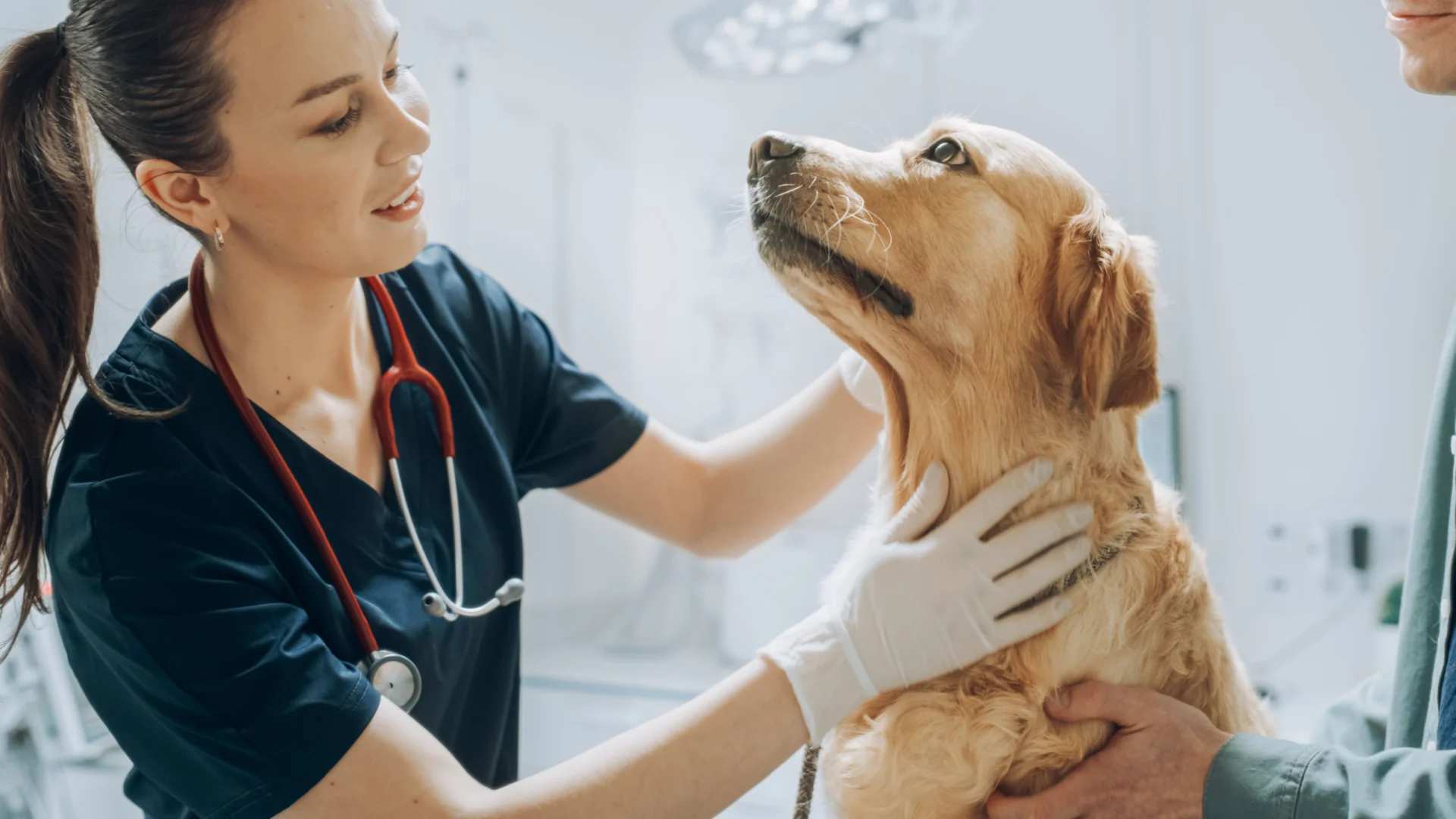Uncovering the Rabbit Nasal Microbiome: A New Frontier in Exotic Animal Health
Understanding the unseen to treat what’s visible, that’s the promise behind microbiome science. And in the case of rabbits, that promise just leaped forward.
A newly published peer-reviewed study titled “Characterization of nasal cavity microbiome from healthy rabbits (Oryctolagus cuniculus domesticus) using next-generation DNA sequencing and geographically specific bacterial and fungal differences” by Siperstein et al. (2025) has mapped the healthy nasal microbiome and mycobiome of domestic rabbits for the first time using next-generation DNA sequencing (NGS).
👉 Read the full study on ScienceDirect
This collaboration, led by Dr. Linda Siperstein (Dr. Sip Exotics), Dr. Elizabeth Marie Rush, and MiDOG scientists Dr. Janina Krumbeck and Dr. Kaylie Zapanta, provides a vital diagnostic reference point for veterinarians managing upper respiratory infections in pet rabbits.
Why Focus on Rabbit Noses?
Rabbits are obligate nasal breathers. Any obstruction or imbalance in the nasal passages, whether caused by pathogens, inflammation, or shifts in the microbiome, can quickly escalate to serious health complications. Respiratory infections in rabbits are common, yet diagnosing them accurately remains a clinical hurdle.
Traditionally, bacterial culture has been the gold standard for identifying infection-causing microbes. But culture has well-known limitations—especially in fastidious organisms that won’t grow outside the host, or fungi and bacteria not targeted by traditional panels.
This is where NGS (Next-Generation Sequencing) excels: offering culture-independent, species-level resolution of both bacteria and fungi, without needing to pre-select targets. The MiDOG NGS platform was used in this study to analyze nasal swabs from 49 clinically healthy rabbits from California and Alabama, offering both a microbial baseline and a look into potential geographic variations in nasal flora.
Study Snapshot
-
Subjects: 49 clinically healthy pet rabbits (25 from California, 24 from Alabama)
-
Method: Nasal swabbing using MiDOG’s DNA-preserving sample collection kit
-
Analysis: NGS targeting bacterial 16S rRNA and fungal ITS-2 regions
-
Objective: To establish a healthy reference microbiome and assess geographic differences
Samples were processed and analyzed at MiDOG’s lab with stringent positive and negative controls. The team identified 186 bacterial taxa and 401 fungal taxa, many of which had never been characterized in healthy rabbit nasal cavities before.
Key Findings
1. The Nasal Bacteriome: Fewer Players, Big Impact
-
The most abundant bacterial groups included:
-
Moraxella cuniculi (commonly commensal, sometimes opportunistic)
-
Pseudomonadales species (including potential pathogens like Pseudomonas)
-
Neisseriaceae, Helicobacter, and Mycoplasma species
-
Interestingly, Mycoplasma was detected in 75% of samples, despite all rabbits being outwardly healthy. This challenges the assumption that Mycoplasma always signals disease and underscores the importance of context when interpreting NGS results.
Another surprise? Pasteurella multocida, long considered a primary culprit in rabbit respiratory disease, was rarely detected, raising questions about its role as a default pathogen in all cases.
2. The Nasal Mycobiome: A Richer, More Varied Ecosystem
-
Far more fungal diversity than bacterial
-
Dominant fungi included:
-
Cladosporium sp. (most abundant overall)
-
Alternaria sp. and Alternaria infectoria-rosae (both considered environmental allergens and potential pathogens)
-
Vishniacozyma victoriae and Microascus (Scopulariopsis) sp.
-
Notably, 23 fungal species were more abundant in California rabbits, while only 3 were more common in Alabama—highlighting how environmental factors may shape nasal mycobiota.
Geographic Differences Matter
California rabbits showed significantly higher fungal diversity and microbial cell counts than those from Alabama. These geographic patterns align with prior studies in dogs and raise intriguing questions about how climate, housing, humidity, and environmental exposure may shape the upper respiratory microbiome.
This highlights the need for localized diagnostic benchmarks when interpreting NGS results, especially in exotic species.
Clinical Implications: A Diagnostic Game-Changer
Veterinarians treating rabbits with upper respiratory signs can now leverage this study as a diagnostic reference point, helping differentiate between:
-
Commensals vs. pathogens
-
Normal colonization vs. opportunistic overgrowth
-
Environmental exposures vs. true infections
Additionally, NGS offers the ability to detect antimicrobial resistance (AMR) genes in organisms like Moraxella and Mycoplasma, both of which were found in this study and are known to resist common antibiotics like ampicillin or trimethoprim. In such cases, targeted therapy becomes essential.
By characterizing what’s normal, this study enables clinicians to better recognize what’s not, ultimately leading to more informed, effective treatments and fewer broad-spectrum guesses.
The Takeaway
This study is a milestone in rabbit medicine and exotic animal diagnostics.
✅ First-ever definition of the healthy rabbit nasal microbiome using NGS
✅ Evidence of microbial differences by geography
✅ Practical baseline for interpreting nasal NGS results in clinical cases
✅ Validation of MiDOG’s diagnostic workflow in exotic species
Powered by MiDOG: Precision Diagnostics for Every Species
MiDOG’s NGS platform continues to set the standard for multi-species, culture-independent diagnostics, offering clarity in complex infection cases across dogs, cats, rabbits, reptiles, birds, and beyond.
Whether you’re a veterinarian, researcher, or exotic pet specialist, this study proves that real-time microbial insight isn’t just the future; it’s happening now.
Categories: Next-Gen DNA Sequencing Technology, Pet Health, Safety and Wellness, Rabbits, Respiratory Infection

